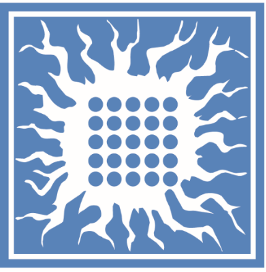Synthesis and characterization of a new class of multifunctional hybrid materials
Synthesis: The synthesis of multifunctional hybrid materials includes several steps. The first step implies syntheses of the wide-bandgap metal-oxides such as TiO2, CeO2, ZrO2, and ZnO since they are chemically stable, biocompatible, and non-expensive. In the second synthetic step, the interfacial charge transfer (ICT) complexes between colorless polyphenols and wide-bandgap oxides will be prepared by a condensation reaction between hydroxyl groups coming from the hybrid’s inorganic and organic components. The last synthetic step will involve designing the specific architecture of the ICT-based hybrids for the in-situ synthesis/deposition of noble metal nanoparticles, specifically Ag NPs, for hydrogen production.
Characterization and methods: Every sample prepared at each stage of the synthetic process will be fully characterized. This will include their structural characterization (XRD, electron diffraction, FTIR), morphology and particle sizing (TEM, SEM, AFM, dynamic light scattering), texture characterization by determination of specific surface area and pore size distribution (BET), optical characterization (UV-Vis-NIR, X-ray photoelectron spectroscopy (XPS)), thermal characterization (TGA, DSC), analytic methods (elemental analysis, EDX) and when suitable other techniques.
DFT calculations: Two systems will be used as models for the calculations: the cluster model and the model with periodic boundary conditions (PBC). The DFT calculations will provide valuable information about the molecular structure, the position of the donor and acceptor levels, the electronic structure (density of states) of the hybrids, excitation spectra, and the vibrational modes of ligands attached to the metal oxide surfaces.
The research teams from VINS, ICTM, TMF, and ICTMF have the necessary equipment for all characterization. The DFT calculations will be performed at the super-computing cluster at the Texas A&M University in Qatar since we have permanent access to their super-computer (Raad2).





